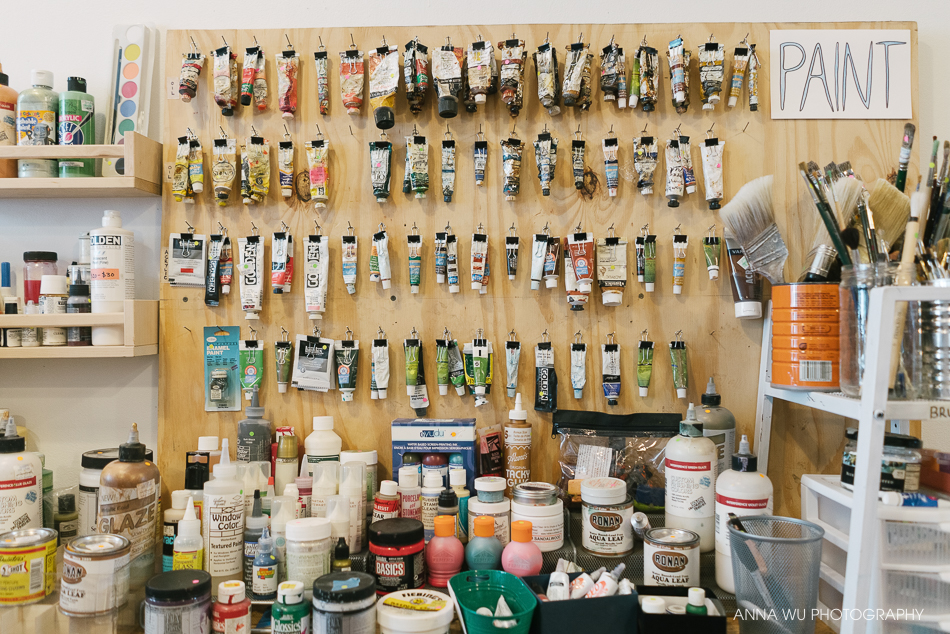Art Supply Stores
Business for Sale Industry Economics
$789,000,000
Revenue
-4.30%
Projected CAGR
2003 - 2020
Historical
2020 - 2026
Projection
-4.30%
CAGR
$789,000,000
Profit
Quick Scroll
Summary
Art Supply Stores offer a wide variety of art materials, from art mediums, canvases and surfaces, art equipment and accessories, and sculpting and modeling items.
Because of its decentralized structure, the market is dominated by diverse macroeconomic factors rather than product-specific patterns. Individual segments, on the other hand, lead to complex changes in artists’ medium and surface preferences.
Rising per capita disposable income has increased demand around the retail sector across the next five years, up to 2020. However, art supply stores are facing heightened competition from big-box supermarkets and online rivals, which is diminishing the benefits of increased investment.
As a result, market income is expected to fall by an annualized 2.6 percent to $789.2 million over the next five years, reaching $789.2 million in 2020. Industry sales are expected to fall 7.1 percent in 2020 due to global slowdowns and temporary shop closures caused by the COVID-19 (coronavirus) pandemic.
Learn more about business for sale industry economics, which can help you make informed decisions about the future of your business in the competitive marketplace of Mergers and Acquisitions. To learn more continue reading.
Performance
The Art Supply Stores industry sells art supplies such as paints and brushes, as well as easels and canvases. This industry’s products are mostly aimed at working and aspiring artists, as well as art students and hobbyists.
Overall market success is driven by broad shifts in customer sentiment and purchasing habits. Furthermore, since industry goods are highly discretionary, differences in disposable income levels have a substantial impact.
Despite gains in customer demand and disposable income, intense competition from internet retailers and big-box stores has stifled industry development.
As a result, market revenue is expected to fall at an annualized rate of 2.6 percent to $789.2 million over the next five years, owing largely to external competition.
Outlook
The Art Supply Stores sector is expected to continue shrinking for the next five years, until 2025. Revenue is expected to stay flat in 2025, reaching $790.3 million as buyers flock to other market outlets for niche art goods.
Though consumer spending is expected to increase during the forecast period, financial instability caused by the COVID-19 (coronavirus) pandemic will reduce a consumer’s proclivity to spend on discretionary items such as art supplies.
Furthermore, as unemployment falls, there will be less time for recreation and hobbies.
Operators who are unable to bear the risks and expenses of briefly closing their establishments would most likely leave the market or set up shop online in order to compete to attract a larger audience.

Industry
In this business, there are specialist businesses that are designed particularly for artists. They provide art materials and are typically for professional artists, art students, and art amateurs. In the middle of their life cycle, the Art Supply Stores industry is going through a period of decline.
During the 10-year period from 2017 to 2025, industrial value added (IVA), which represents the contribution of the industry to the overall GDP, is predicted to shrink by an annualized rate of 1.8 percent.
According to the same source, the U.S. economy is expected to expand at an annualized pace of 1.5 percent for the same time period. A decline in employment levels and establishment counts across the 10-year period, as well as a decline in buyer groups, might be seen as indications of a slowing sector.
This means that technological advancement and product innovation in the sector has been limited.
Because of increased competition from outside, industry involvement is projected to be restrained. Based on the results through 2025, yearly enterprise count declines from over 4,500 down to around 5,455 in the next decade, as a result of the losses of performing businesses that have been rendered obsolete by competitors.
In-store sales of industrial items are predicted to fall as a result of the growing amount of service that is provided online. Also, the convenience of online and big-box retailers will continue to shrink the market share of brick-and-mortar stores by delivering an easy shopping experience with reduced pricing.
This is a pattern that will persist over the next five years, and the demise of the sector is certain to follow.
Investment
Due to the labor-intensive nature of the sector, the Art Supply Stores business has a low capital intensity. According to research, industry operators will spend $0.09 in capital expenditure for every $1.00 spent on labor in 2020.
Cash registers, point-of-sale systems, and retail units are the most common capital investments. The capital intensity remained largely stable during the five years to 2020. In 2015, industry operators spent an estimated $0.10 in capital expenditure for every $1.00 spent on salaries.
Larger stores require more inventory storage and tracking systems to accommodate the number of items, therefore the capital investment is higher. Small merchants, on the other hand, who dominate the market, have boosted their purchases of displays and renovations in order to create a better client experience. The research predicts that the industry’s capital intensity will remain low during the next five years, through 2025.
Volatility
The Art Supply Stores industry’s revenue is impacted by changes in disposable income due to the discretionary nature of the items supplied. Consumers are more likely to acquire industry items when per capita disposable income rises, resulting in increased sales.
Additionally, time spent on leisure and sports affects demand because when consumers have more time to devote to hobbies such as painting, demand for industry items rises.
However, strong rivalry from other retail outlets, such as big-box shops and internet competitors, has driven down industry income throughout the five years through 2020. As a result, the industry’s revenue has been gradually declining, resulting in low revenue volatility.
